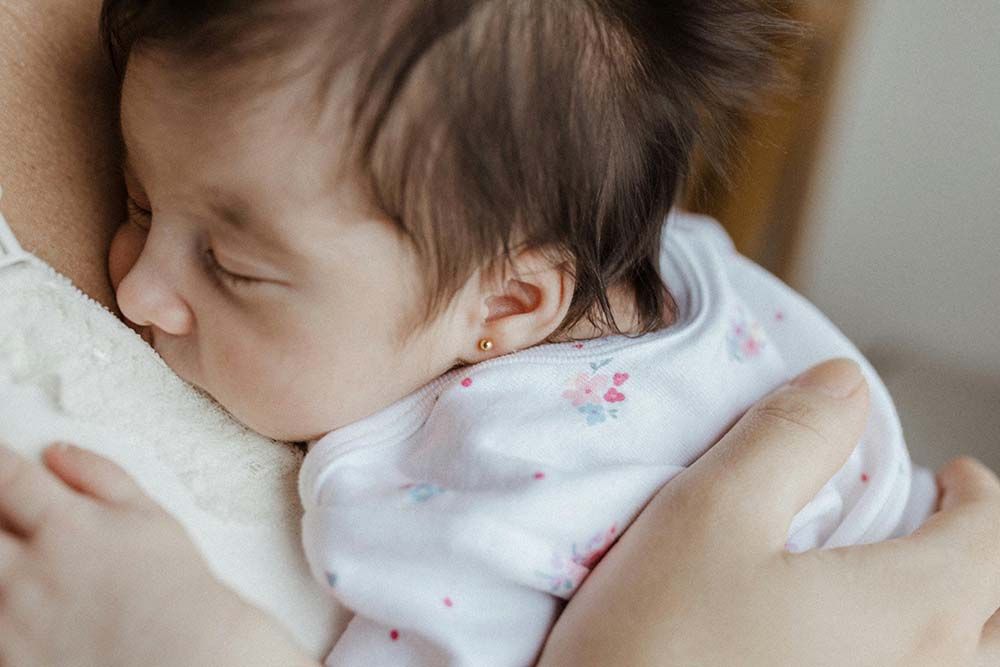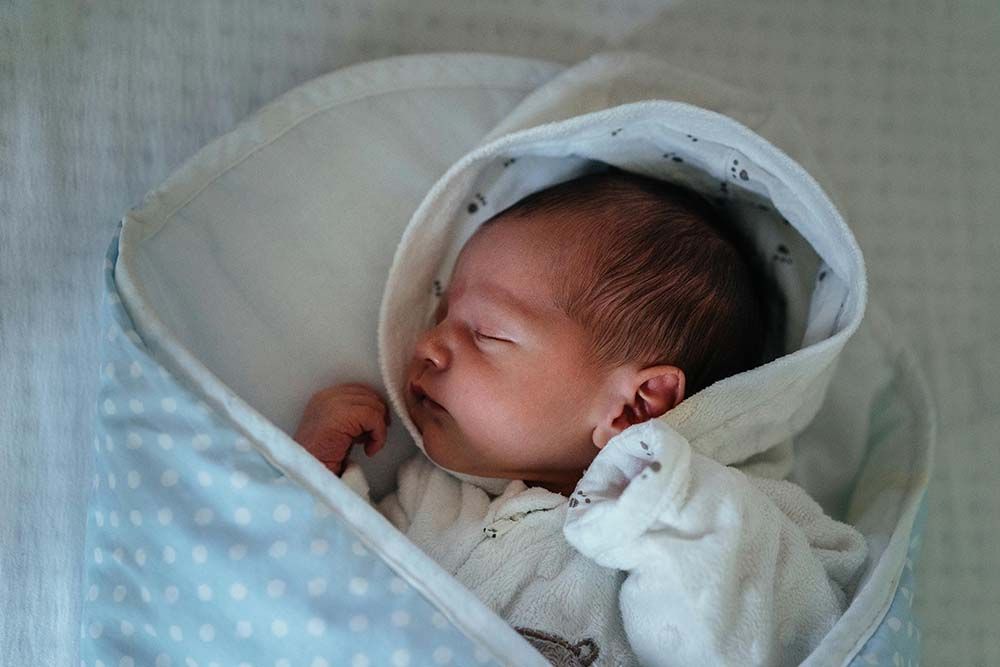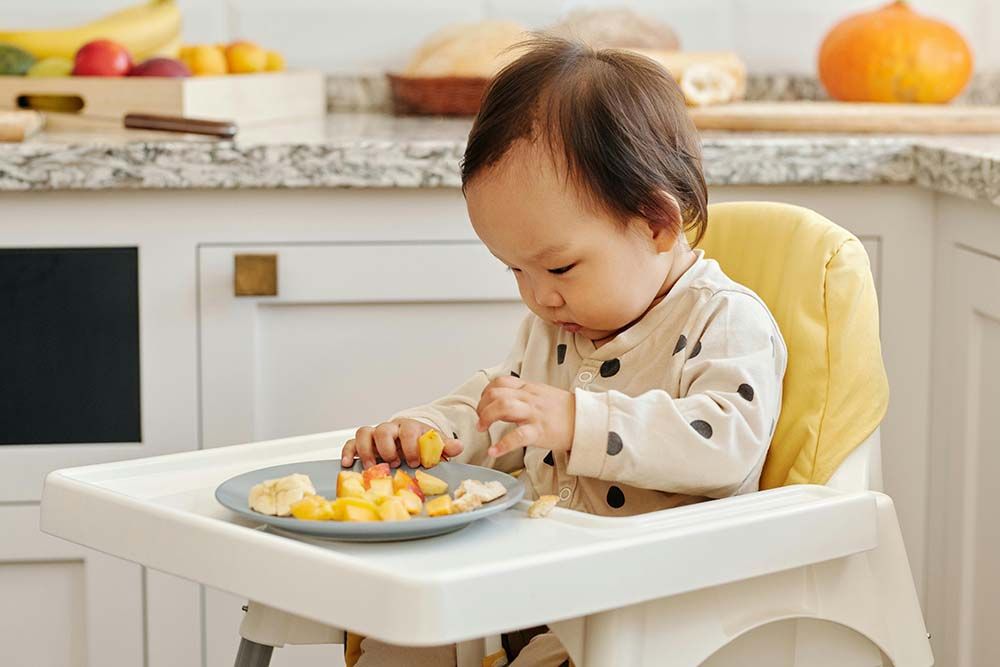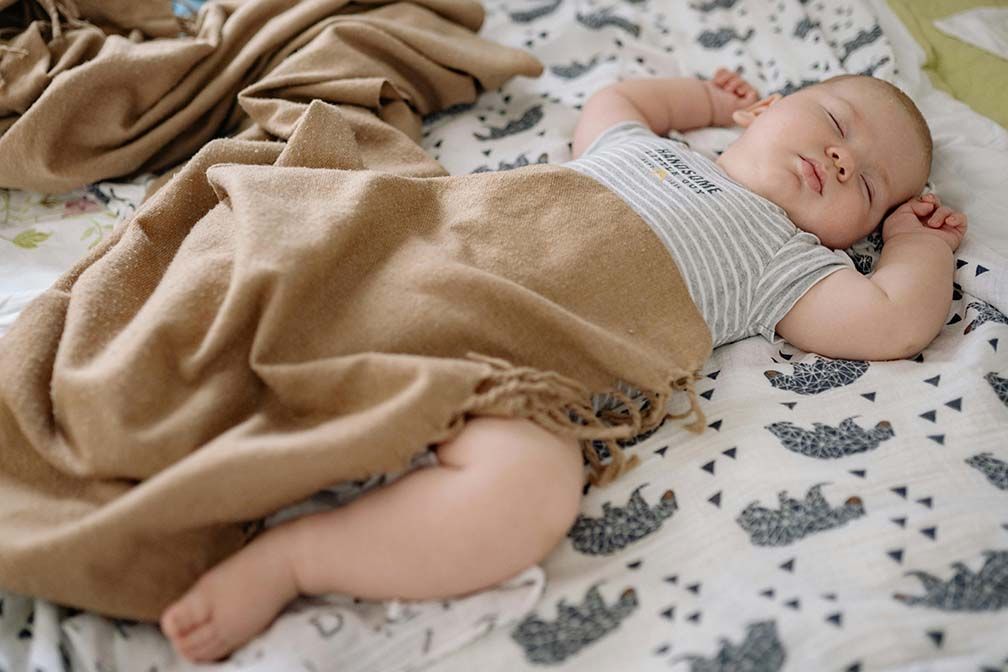

Many parents face the same challenge of placing their babies to sleep in a bassinet. Despite having fed the baby, changed the diaper and dressed in cosy pajamas, the baby still starts to cry instantly upon being put in the bassinet, even though they have just fallen asleep while being held in arms. However, allowing baby to sleep alone is good for their safety and health in the long term, and it also frees parents to do more tasks. Therefore, to deal with the common issue of “infant won’t sleep in bassinet” for parents, this article will explore the causes and offer the according solutions to help transition baby to sleeping in bassinet.
IN THIS ARTICLE:
The causes to why infant won't sleep in a bassinet
The benefits of making infant sleep in a bassinet
The solutions to solve if infant won't sleep in bassinet
Extend: how to select a suitable bassinet for your baby
Why Infant Won’t Sleep in Bassinet?
1. Seeking a sense of security: Newborns may feel anxiety when transitioning to sleep in a strange bassinet. On the contrary, they prefer to skin contact with their parents, giving them a sense of security and comfort, because they are accustomed to the warm and tight environment in mother’s womb.
2. Hunger or discomfort: Sometimes, it may be caused by baby’s condition, such as hunger, having gas, eczema, or other discomfort problems, bugging the baby unable to settle down.
3. Temperature: The bassinet’s surface can be too hot or cold with the changing of weather, baby may awake upon being placed in the bassinet because of feeling the sudden large temperate difference.
4. Forming habit: If a baby always fall asleep in the arms of their parents in the previous time, they are accustomed to this pattern and fight sleeping in the bassinet.
5. Environment: Some babies may be sensitive to their around environment. There are possible factors that can lead to baby won’t sleep in bassinet, such as too dark/bright, noises, unfamiliar smells, etc.
6. Developmental milestones: Babies have different sleep needs at different stage of development. They are busy in exploring the surroundings and learning new skills, such as crawling, sitting or even walking, which may make them hard to fall asleep because of overtiredness.
7. Startle Reflex: It is also known as Moro Reflex. When babies feel threatened or unstable, such as unexpected sounds or changes in baby’s postures, they will make quick responses unconsciously during sleeping, demonstrated as waking up frequently.
Why do we Insist on Letting Infants Sleep in a Bassinet?
There are many benefits to letting babies sleep in the cradle, which not only involve the health and safety of the baby, but also the convenience and psychological benefits for parents. Here are some specific benefits:
1. Promote healthy sleep habits: Placing babies to sleep in the bassinet helps them to develop the capacity to self soothe themselves, thereby establishing a healthy and sustainable sleep habit.
2. Reduce reliance to parents: This can help babies develop the ability of independence, reducing their reliance to parents. Thus, it frees parents from holding baby to sleep, significantly alleviating parents’ fatigue. What’s more, parents have more time to manage their personal daily routine.
3. Diminish the risk of suffocation: The tiny design of bassinets make sure the safety of baby, because there is no extra space to place any extra things, reducing the risk of suffocation caused by any loose items.
4. Prevent rolling: The bassinet is designed with fences on all four sides that can prevent the baby from rolling off, avoiding unexpected accidents.
5. Easy to move: It is portable to move the bassinet to any locations in the home that you want, making it convenient for parents to take care of their babies at any time.
6. Save space: Compared to a large size bed, a bassinet takes up less space, especially suitable for families with limited space.
What to do if your Infant Won’t Sleep Unless Held?
Obviously, letting babies sleep in the bassinet is not only beneficial for babies’ healthy growth, but also helps parents better manage their own lives. However, it is full of challenges to make babies who don’t want to sleep in bassinets. Thus, here we provide appropriate and useful guidance to for new parents to help train their babies transition to sleeping in bassinet.
Gradual transition:
When both your baby and you are fully prepared for completing transition, you can start transitioning from sleeping in your arms to sleeping in a bassinet. At the initial stage of this process, you can try placing the baby in the bassinet when they are in a semi sleeping stage. Gradually, reducing the amount time of being held. You can put the baby to the bassinet when they are about to fall asleep, until they can totally sleep in the bassinet on their own.
Establish a fixed bedtime routine:
Before placing the baby to the bassinet for sleeping, creating a fixed bedtime routine, such as taking a shower, listening white noise music, etc., helps babies identify that they need to have a rest. More importantly, consistently maintain the same bedtime routine at the same time of every day to strengthen the baby's awareness for sleeping.
Mind the Wake Windows:
Babies at different ages require different duration of sleep, and as they grow older, babies keep awake longer. Thus, parents need to plan the suitable wake windows and pay attention to the sleepy cues. Don’t make babies to sleep when they are too tired or too clear, otherwise, they won’t fall asleep as parents’ expectation.
Imitating the uterine environment:
If needed, you can use a sleep sack or swaddle as an assistance tool, wrapping around the baby to mimic the environment when they are in mother’s womb, making them feel secure and sleep quickly. Remember don’t wrap too tight to prevent baby from feeling discomfort.
Use soothing items if necessary:
If the applied methods make no effect after a long period, you can give your baby a familiar soothing object that can help them feel safe in the bassinet to promote falling asleep. Ensure that the soothing items are safe and harmless, and do not pose a risk of suffocation.
Adjust the environment:
Ensure that the sleep environment is quiet, comfortable, and cool. You are allowed to make adjustments according to your baby’s preference. For example, if your baby is afraid of darkness, you can use a night light to solve this issue.
Wait patiently:
When babies start crying, you can wait for a while to see if they can calm down on their own. And gradually extending response time to help babies learn self soothing.
Use calming techniques:
When you have to comfort babies due to crying non-stop, gently pat their backs or caress them to provide comfort. Don’t pick up the baby immediately to avoid developing dependence.
By following the above guidance, babies will be willing to sleep in the bassinet independently and foster healthy sleep habits. But note that the crucial lies in consistency. It is also important to observe your baby’s reaction during this process. If there is any abnormal behaviors, adjust the method or consult a professional expert for advice.
Extend: How to Choose a Suitable Bassinet for Your Baby?
The material or the hardness of the bassinet can directly affect baby’s sleep. Nowadays, there are diverse types of bassinet for people to choose, including traditional fixed cradle, portable bassinet, co-sleeper, swing bassinet and convertible bassinet. So how to choose a bassinet that suits your baby’s preferences. You can take into considerations from the following factors.
- Make sure that the selected bassinet complies with safety standards and certifications, like ASTM and CPSC.
- Being sturdy and stable without loose components
- Choose the breathable materials to ensure baby’s comfort
- Ensure the mattress is neither too hard nor too soft, and is easy to clean
- Suitable for baby’s size, not too large or small
Conclusion
After figuring out the reasons and the methods on how to handle if infant won’t sleep in bassinet, I believe you can help your baby to develop a healthy sleep habit. Throughout this process, the key is to understand your baby’s real needs and preferences. Remember, baby needs time to adapt. Be patient and flexible to the performed routine. With time, understanding and consistency, you will help your baby transition to sleep in a bassinet eventually.























